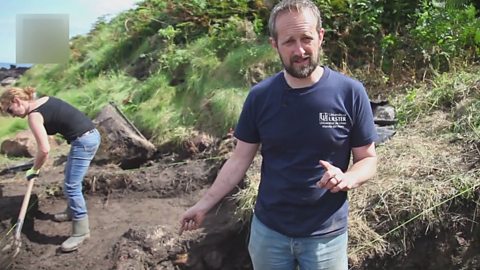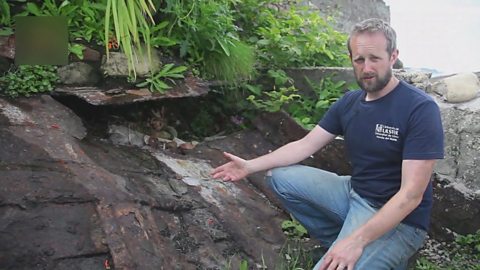Salt works dig at Ballycastle
The dig taking place at Ballycastle Bay, Co Antrim is the flagship component of a two-year project called 'The Archaeology of Salt Production in Ireland' funded by the Arts and Humanities Research Council. Dr Wes Forsythe from the Centre for Maritime Archaeology at the University of Ulster is heading up the excavation.
Salt works in Ballycastle Bay are first mentioned on a will dated 1629
Excavations take place at the rear of the bucket pot (the rock-cut seawater reservoir) in order to locate and reveal the salt house where the evaporation pans would have been located. The site is marked on the Down Survey maps of the mid-17th century, and again in Foley鈥檚 map of 1694. Salt works in Ballycastle Bay are first mentioned on a will dated 1629 and these likely include Ballyreagh. The site was likely in use through the entire 17th century and disappears from maps and documentation in the 18th century. Our aim is to locate and explore the technology, conditions and material culture of this early modern industry.
Follow the team on their blog:
Check out more work by the Centre for Maritime Archaeology here:

Getting started
A look at the first week of excavation at Ballycastle salt works

An extraordinary survival
A look at an 18th century salt works evaporation pan in surprising condition

Understanding industry of the past
A look at the history of the salt works in Ballycastle and what it meant for industry



